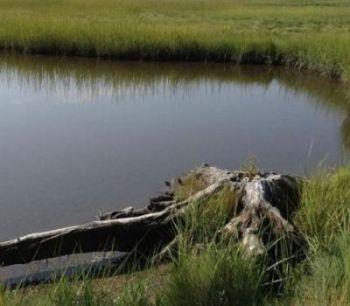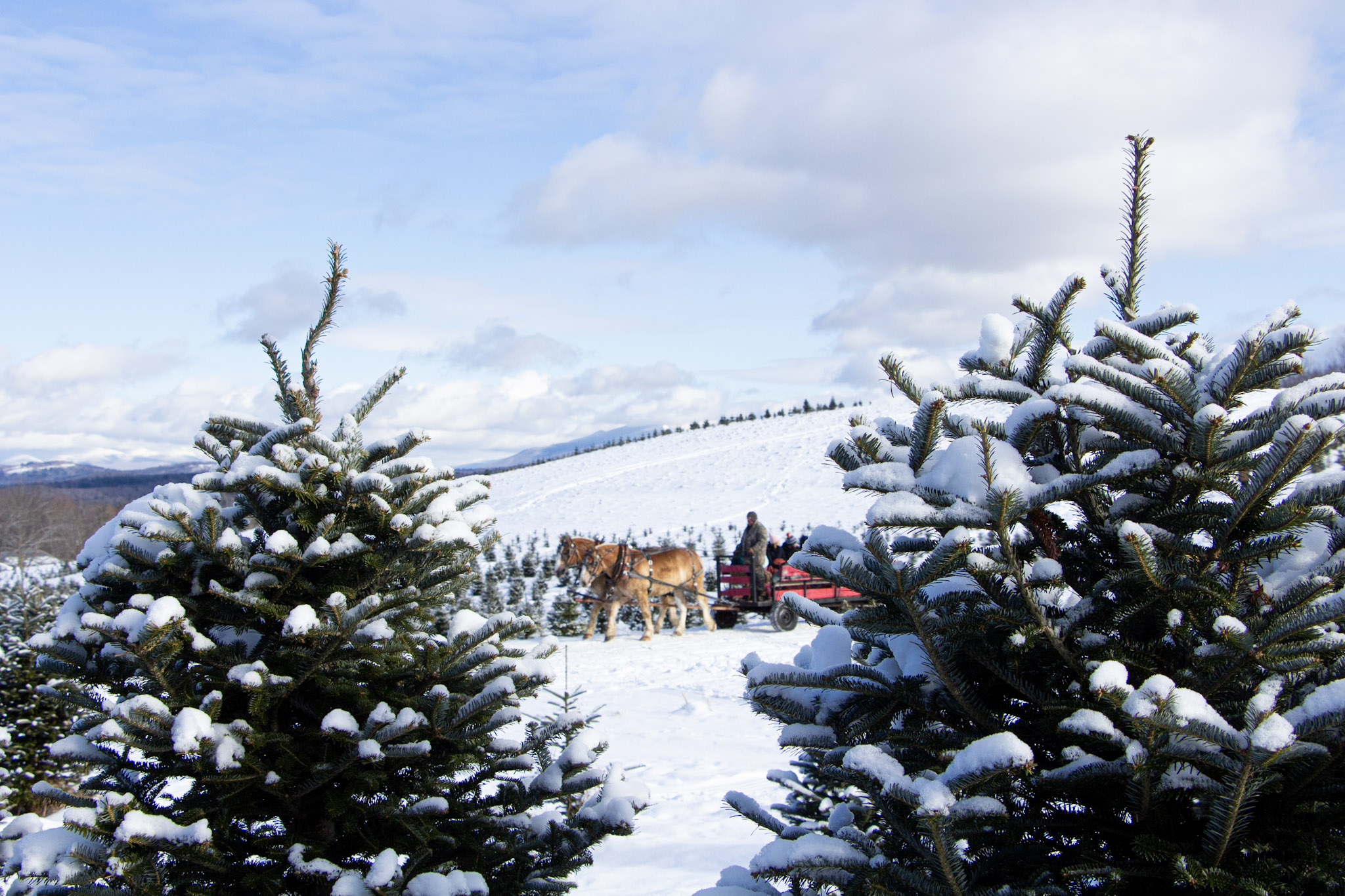Forest Journal
- Tags:
- Creek Farm

Photo by David Burdick, Jackson Estuarine Laboratory
An ocean view seems fantastic on a sunny day, but as we’ve seen recently, coastal flooding can make shorefront living a dicey proposition. Ocean levels are rising, exacerbating extraordinary high tides and storm surges.
Water levels are also rising in the tidal salt marshes along the coast. Salt marshes are typically between the ocean mud flats and the grassy upland, and are subject to tidal flooding twice a day. Not unlike freshwater wetlands in forested uplands, salt marshes can act like sponges soaking up water when levels are high.
Salt marshes were the topic at this week’s Science Café presented by the Gundalow Company at Portsmouth Brewery. NHPR’s Sam Evans-Brown moderated a casual but lively (and unapologetically geeky) discussion with researchers David Burdick (Interim Director of the Jackson Estuarine Laboratory) and Alyson Eberhardt (New Hampshire Sea Grant and UNH Cooperative Extension), both of whom have spent more than a little time studying how salt marshes work.
Salt marshes are complex systems that have adapted to, and need, tidal flooding. They allow sediment to drop, cleansing water. They filter nitrogen and phosphorous. They take up carbon—if you look out over a saltmarsh full of perennial cordgrass, know that under water there is up to ten times more biomass than what you can see.
The more we learn about salt marshes, said Burdick, the more we also realize their value to commercial fisheries because they produce a lot of food for a lot of organisms.
“We can sum it up this way,” Burdick said: “More habitat means more fish.”
Eberhardt’s research led her to investigate the America eel, which, it turns out has a pretty fascinating life cycle of 40 years or more. Which is good considering that Eberhardt also freely admits that American eels “secrete a lot of mucus and are a little bit gross.” Fascinating or not, these are characteristics only a mother or a dedicated researcher could love. And given that the females die after laying eggs out in the ocean, maybe even eel moms find them a little gross.
We find eels in salt marshes, and well up freshwater streams, but they start their lives far offshore in the Sargasso Sea in the North Atlantic where adults go to spawn. That makes them a food sources to and from, thus illustrating the point: if you like striped bass, for example, then protect the saltmarsh.
Not unlike forests, we haven’t always treated salt marshes well. We’ve drained them, managed them poorly in an attempt to reduce mosqitos, built roads with undersized culverts through them, and converted them for development. We may have valued them as a renewable natural resource (harvesting salt marsh hay), but as is often the case we haven’t fully appreciated the extent to which a saltmarsh is part of a larger system on which we rely.
Sea level rise is an ongoing threat to the New Hampshire salt marshes that remain, in that the rise is coming faster than a saltmarsh can absorb and retreat. Saltmarsh habit along Sagamore Creek in Portsmouth (and New Castle and Rye), Burdick said, will disappear due to sea level rise, for example.
With more frequent episodes of coastal flooding during astronomical high tides, salt marshes are getting more attention for their role in flood attenuation. If some global climate change models and sea level rise predictions continue to come true, the so-called “sunny day flooding” of low-lying coastal areas will be a serious issue in a matter of decades.
With upland forests, the threat is ongoing conversion—the more we turn a wooded landscape that filters water and keeps it cool as it drains through the watershed into driveways and parking lots, the more we degrade the very system we rely on for drinking water, stormwater runoff, and wildlife habitat.
The good news is that society is starting to recognize the interconnectedness of things and conserving resources like salt marshes and upland forest. Coastal towns have been pushing for saltmarsh conservation since the early 1960s. And the Forest Society, known more for our conservation of working forests, has been involved --we own modest acreage of protected saltmarsh in Hampton.
The Forest Society also owns Creek farm in Portsmouth, which has more than 1,100 feet of conserved frontage on the aforementioned Sagamore Creek. You can put in your kayak and ride the tide up to the marsh and back. If you do, say hello to the eels, even if they’re having a bad mucus day and are a little bit gross.
Jack Savage is the executive editor of Forest Notes: New Hampshire’s Conservation Magazine published by the Society for the Protection of New Hampshire Forests. He can be reached at jsavage@forestsociety.org.
